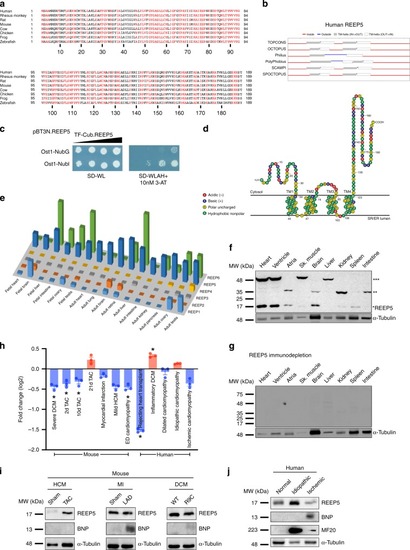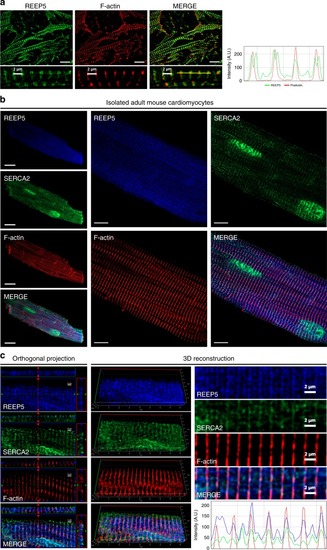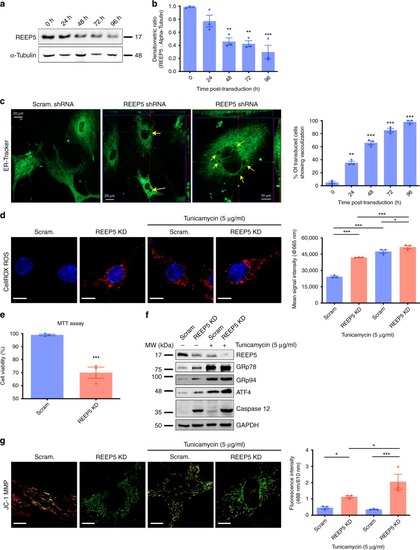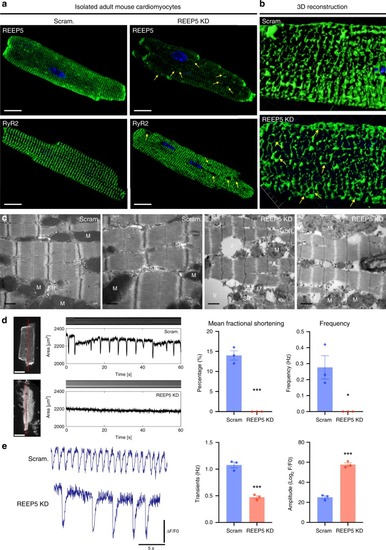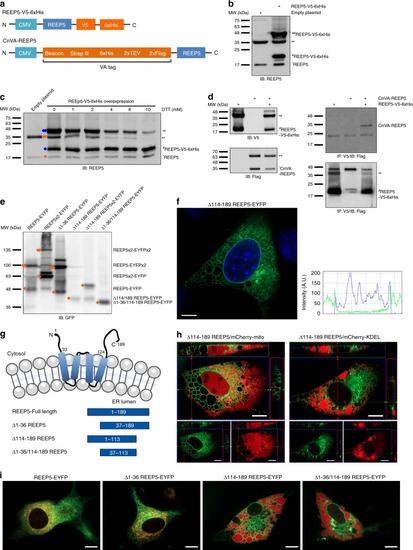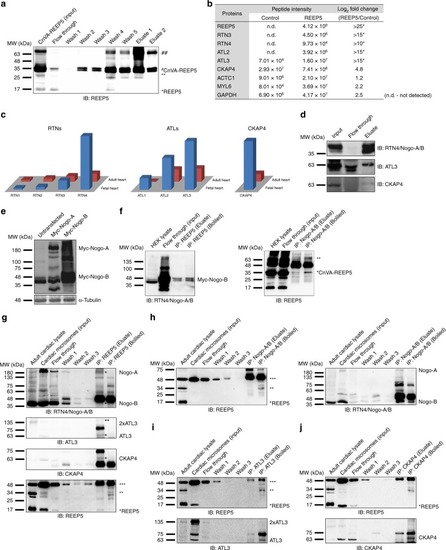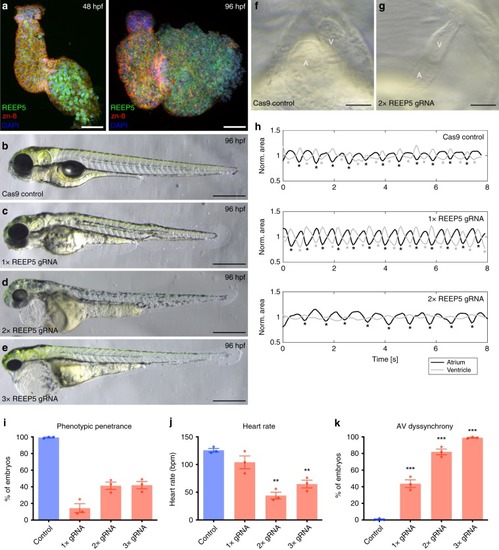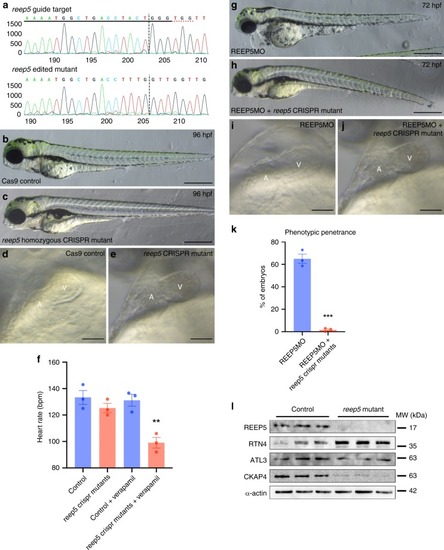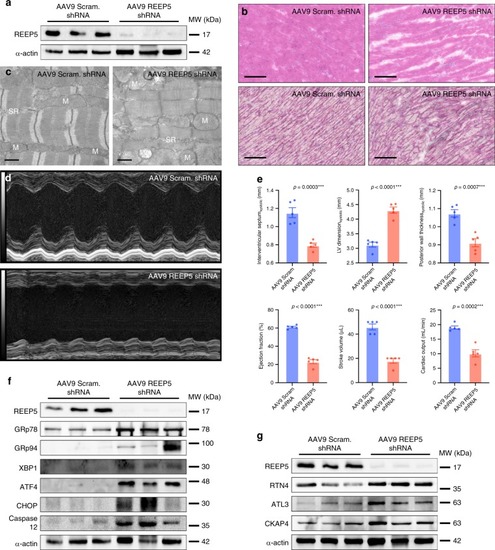- Title
-
REEP5 depletion causes sarco-endoplasmic reticulum vacuolization and cardiac functional defects
- Authors
- Lee, S.H., Hadipour-Lakmehsari, S., Murthy, H.R., Gibb, N., Miyake, T., Teng, A.C.T., Cosme, J., Yu, J.C., Moon, M., Lim, S., Wong, V., Liu, P., Billia, F., Fernandez-Gonzalez, R., Stagljar, I., Sharma, P., Kislinger, T., Scott, I.C., Gramolini, A.O.
- Source
- Full text @ Nat. Commun.
|
|
|
|
|
|
|
|
|
|
|
|
|
|
|
|
|
|

ZFIN is incorporating published figure images and captions as part of an ongoing project. Figures from some publications have not yet been curated, or are not available for display because of copyright restrictions. |

Unillustrated author statements PHENOTYPE:
|

